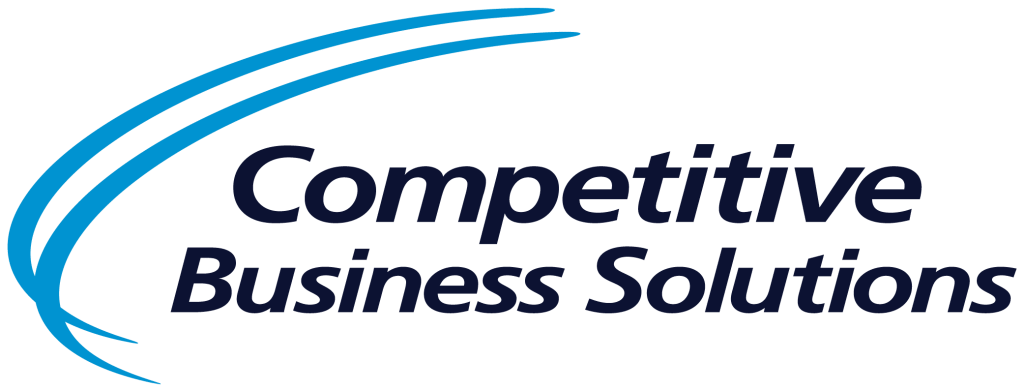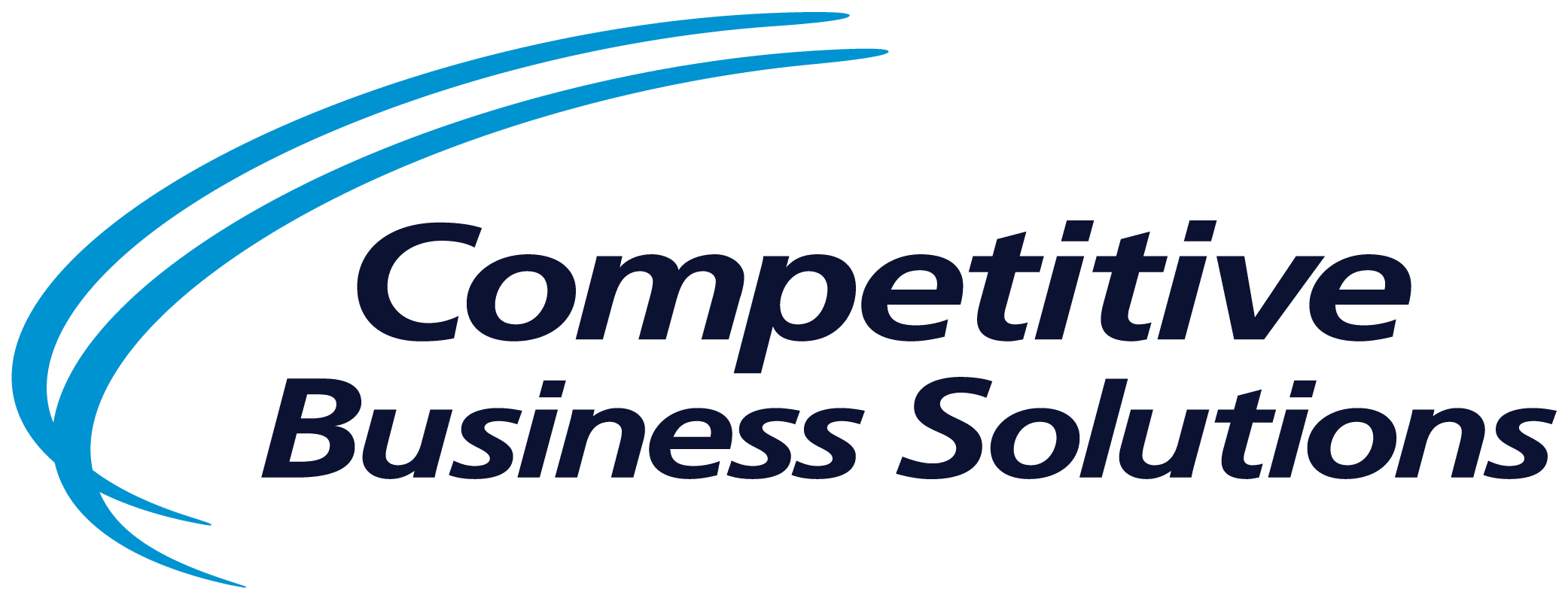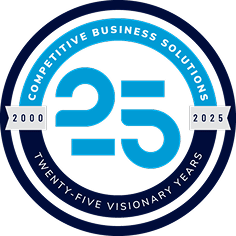
People‑First Metrics: Why Safety and Security Come Before Cost
Why Safety Always Comes First in Operational Excellence
There’s a reason we start with safety. It’s not a compliance checkbox, it’s foundational. When people walk into a workspace where safety is baked into the culture, they know leadership has their back, and that’s the starting point for operational excellence.
Safety is more than steel‑toed boots and eyewash stations. It includes the parking lot lighting at night, who has to walk where after hours, and the simple test: Would I want my kid to work here? Safety isn’t just the absence of accidents. It’s a visible signal of priorities.
Security Is Safety, Too
In service and knowledge businesses, “safety” looks like security: cybersecurity, data privacy, client confidentiality, and secure workflows. If your systems are vulnerable, you’re not safe. If teams are anxious about breaches or data loss, you don’t have psychological safety. It all connects.
CBS helps organizations redefine safety for their context. For some, it’s reducing slip hazards. For others, it’s hardening servers and access controls. Either way, the principle is the same: take care of your people and clients first.
The SQDCP Metric Stack
Every organization needs a standard for how it measures success. We use SQDCP:
- Safety
- Quality
- Delivery
- Cost
- People
The order matters. If you don’t have safety, quality falls apart. Without quality, you can’t deliver. If you can’t deliver, costs explode. When costs spiral, your people suffer. Each one builds on the one before. It’s the structure that connects daily performance to operational excellence, a system that balances results with responsibility.
Measuring People Correctly: Treat Negatives Like Defects
Here’s the fix many companies need: measure people by counting negative experiences and removing their causes.
“People” is not a vague engagement score that drifts with mood. It’s the daily friction your employees face, the defects in their day. When we collect those negatives and run a Pareto, we can attack the true sources of frustration with corrective actions, just as we would in quality. That’s continuous improvement at its most practical, simple feedback loops that make work smoother every week.
What to count (examples across industries)
- Missing tools/equipment; poor 5S; waiting for IT access or approvals
- Rework due to unclear specs; design changes without notice; bad data
- Schedule volatility; short‑shipped materials; supplier misses
- Unsafe or insecure conditions; near‑misses; broken guards; phishing attempts
- Payroll errors; badge/access failures; HR or benefits dead‑ends
A simple metric you can run next week
- Negative Experience Count (NEC): tally of distinct negative experiences reported by employees in a time period.
- NEC rate: NEC per 100 employee‑days (normalizes for scale).
- Top 5 Pareto: weekly chart of the five most frequent negatives.
- Corrective action closure: % of Top‑5 issues closed within SLA (e.g., 10 business days) and 30‑day recurrence rate.
This turns the “P” in SQDCP into a disciplined improvement loop:
- Capture negatives at the source (QR code at cells/desks; quick Teams/ServiceNow form).
- Classify with a short taxonomy (People/Process/Tech; safety/security tagged).
- Pareto weekly; publish visually.
- Assign owners; implement corrective actions; verify effectiveness.
- Reduce the total number, and intensity, of negative experiences quarter over quarter.
Why this is people‑first
When leaders remove repeat negatives, they make work easier and safer. Morale improves because conditions improve, not because slogans change. Hiring and retention follow. That’s what real operational excellence looks like, safer, simpler, and more consistent work built on systems that serve people first.
Why People Comes Last (But Isn’t Least)
“People” is last because it’s enabled by the first four. You can’t claim to be people‑first while employees brace for chaos every day. Safety, quality, delivery, and cost stability are what allow people to do their best work. We measure people with NEC and corrective action data because that’s what the other KPIs should be enabling: fewer daily negatives, more productive time.
Turning Metrics Into Meaning
KPIs are not dashboards, they’re prioritization. Aligning to SQDCP says, this is what we care about, and this is the order we’ll protect it. When your People metric is the elimination of negative experiences, you’ve tied culture directly to operating discipline.
A short example
A medical device plant logged “waiting for engineering answer” as the #1 negative for frontline techs. Pareto showed 42% of negatives tied to three unclear spec sections. Cross‑functional team standardized the request path, posted decision trees at point of use, and created a rotating SME hotline. In eight weeks, NEC dropped 37%, first‑pass yield improved 2.1 points, and overtime fell, without a single new headcount.
Final Thought
A performance system that doesn’t put people first, in structure, not sentiment, breaks under pressure. Operational excellence depends on that same discipline, prioritizing safety, quality, and people in every decision. Start with safety. Protect quality. Deliver reliably. Control cost. And pareto out the negatives your people face every day.
That’s how results last.
Latest Insights
Sign up to receive our latest insights!
"*" indicates required fields




